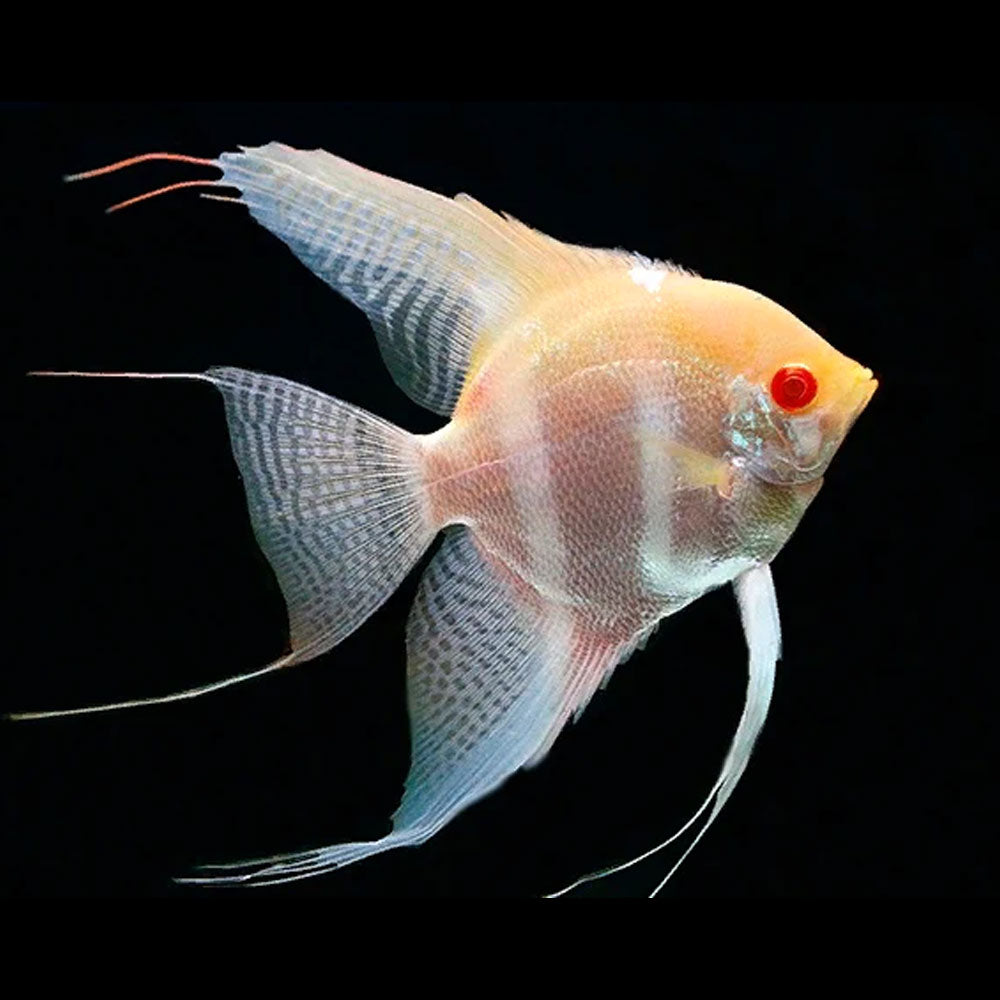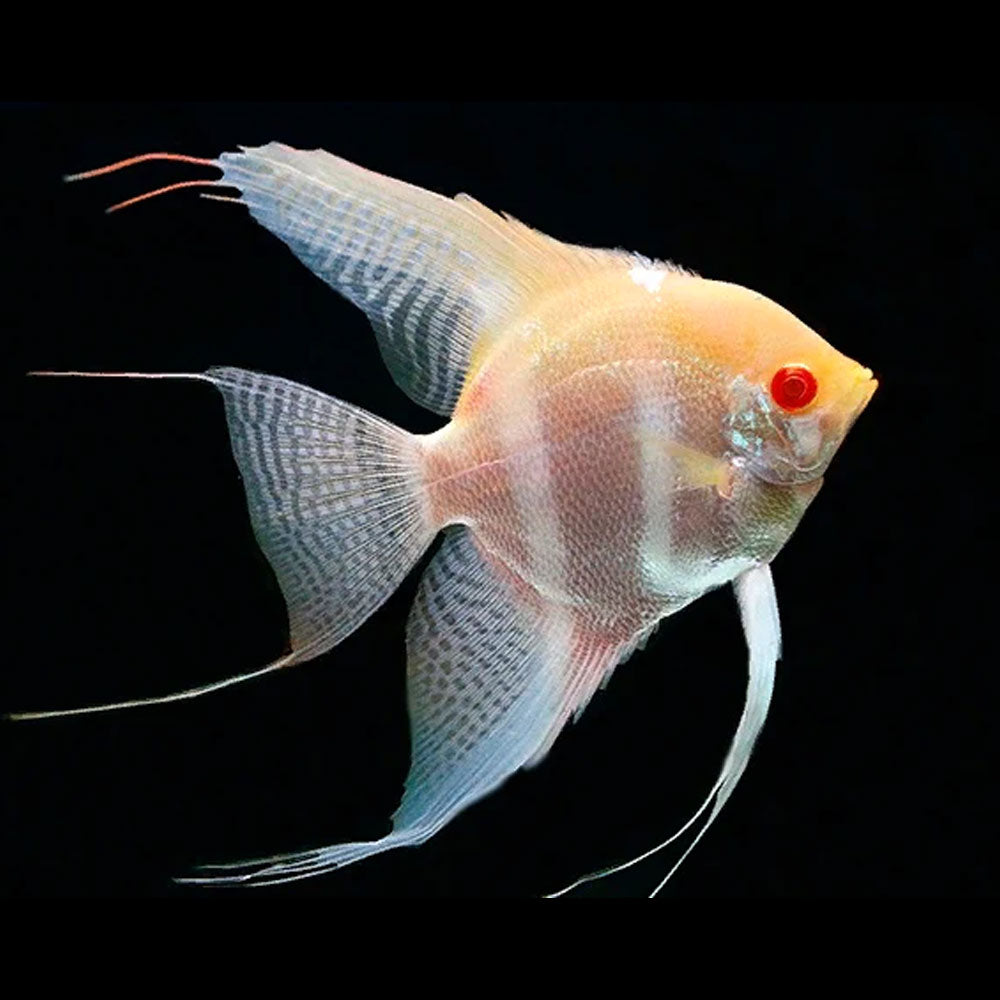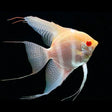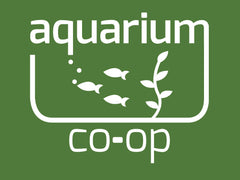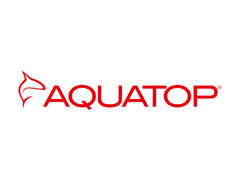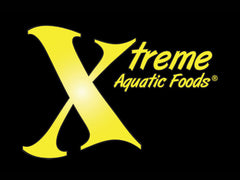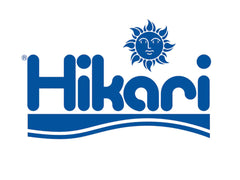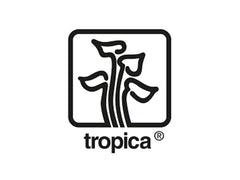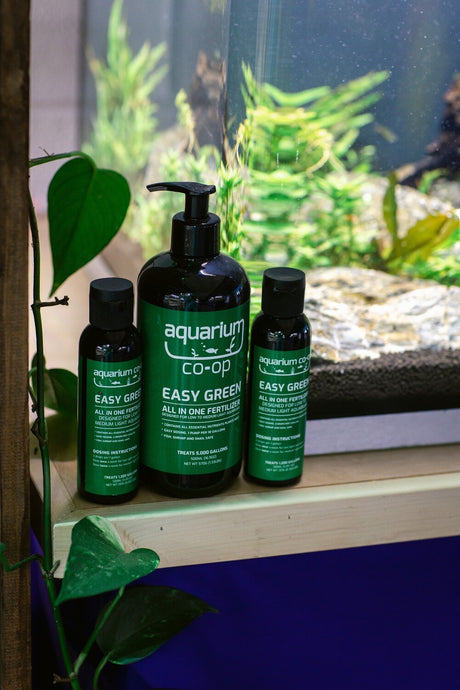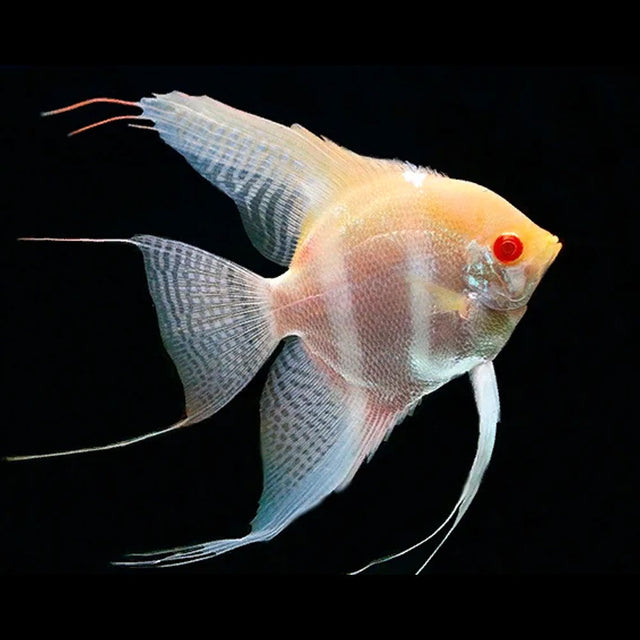Albino Red Neck Manacapuru Angelfish
Albino Red Neck Manacapuru Angelfish is backordered and will ship as soon as it is back in stock.
Delivery and Shipping
Delivery and Shipping
Product Refunds & Returns
- Returns can be processed within 14 days from purchase.
- To return products, they must be in original condition
- Shipping expenses are not refundable
- If your items have been damaged in shipping, please contact us within 24 hours of receipt with photos, and we will assist you.
Livestock Refunds, Returns, & Surrenders
- If you are unhappy with your livestock for any reason, you can bring it back within 72 hours for a full refund; we do not pick up returns
Albino Red Neck Manacapuru Angelfish
Description
Description
This angelfish is an albino mutation of the naturally existing Red Shoulder Manacapuru variant, which is indigenous to Peru.
-
Temperature: Maintain a temperature range between 78 to 82 degrees Fahrenheit (25 to 28 degrees Celsius). This range is suitable for the well-being of the Albino Red Neck Manacapuru Angelfish.
-
Minimum Tank Size: A tank with a minimum capacity of 30 gallons is recommended for a small group of these angelfish. Providing a larger tank is beneficial as it offers more swimming space and helps reduce territorial aggression among fish.
Feeding Habits: These angelfish are generally omnivores. They accept a variety of foods including high-quality flake food, pellets, live or frozen brine shrimp, bloodworms, and other small invertebrates. A varied diet is essential for their overall health and coloration.
Habitat Preference: Originating from the Amazon River basin, they prefer a well-planted aquarium that mimics their natural environment. Provide hiding places with driftwood, rocks, and live plants.
Water pH Level: Maintain a slightly acidic to neutral pH level ranging from 6.0 to 7.0. Soft to moderately hard water is suitable for these angelfish.
Behavior: Albino Red Neck Manacapuru Angelfish are generally peaceful, but they can become territorial, especially during breeding. They may exhibit some aggression, particularly when establishing a hierarchy within a group.
Angelfish are known to form loose hierarchies and may exhibit schooling behavior, especially in larger tanks with several individuals. However, they can also be kept as individuals or in pairs.
They prefer swimming in the central and upper regions of the aquarium.
Color: The Albino Red Neck Manacapuru Angelfish is characterized by its stunning albino coloration, which includes a lack of melanin pigment. The base color is typically pale with red and orange hues, and the distinctive red shoulder characteristic of the Manacapuru variant is still present.
Other Details: Regular water changes, a well-maintained filtration system, and suitable tank mates are essential for the overall well-being of these angelfish. Monitor water parameters regularly to ensure optimal conditions.
Remember that individual fish may vary in temperament, and it's crucial to observe and adjust care based on the specific needs and behavior of your fish.
Specifications
Specifications
-
CategoryCichlids
-
Species TypeAngelfish
-
Water Temperature
-
Minimum Tank Size30 Gallons
-
Water pH LevelAcidic, Neutral
-
Habitat PreferencePlanted Tanks, Rocky Tanks, Hiding Spots, Driftwood, Sandy Tanks
-
BehaviourSolitary, Community Fish, Schooling, Semi-aggressive
Payment & Security
Payment methods
Your payment information is processed securely. We do not store credit card details nor have access to your credit card information.

